All of us, some without realising, live a part of our lives online — whether we answer mail at work, browse, watch video, play games on XBox, or chat.
All of us, some without realising, live a part of our lives online — whether we answer mail at work, browse, watch video, play games on XBox, or chat.
For a long time now, I have been living a major part of my life in the online world, at one end of the fibre optic and copper pipe; a pipe which brings me the world as I know it, and most often, as I never knew it. Through a few lines in this august publication, I will be talking about that world, as I see it, every fortnight — through anecdotes and insights, and as the editor demanded, hopefully, through a spot of humour.
It is difficult, if not impossible, to be humorous now, though, as the full horror of the Mumbai outrage dawns on us. In a lot of ways, these brazen attacks were a watershed event in both our lives — online and offline. These attacks represented perhaps two turning points: One, how terrorism became ‘mainstream’, when it hit ‘people like us’, at ‘places we go to.’ The other was how critical a part the Internet, in its many manifestations, played around the entire sordid episode.
The US election has played the same part — and pundits are already predicting how the Internet will fundamental shift democracy and democratic processes in that country. And in our country, though in a wholly unwelcome and unpleasant manner, the Internet came of age with the Mumbai tragedy. Admittedly, many more people turned to the stridency of television for news and updates, as India’s largest reality TV show played itself out over three days. Some of us still retreated to the relative sobriety of newspapers. And then there was the Web.
A lot has been written about how it rose to the challenge: minute-by-minute updates in news portals, thousands of concerned blogs that popped up across cyberspace, videos hitting YouTube before they appeared on the flat screens of our televisions. A lot has also been written about Twitter and Tweets, on how citizens and bystanders gave instantaneous updates on what was happening around them. Mumbai and Taj became the first and second most searched words on twitter-related sites around the World Wide Web.
What was not written about, though, and what intrigued me, however, was how social networking emerged as a news medium. I must be the only person in India who did not watch even a spot of TV as the hotels and railway stations were burning around us. I missed the ‘heroic’ newscasters, the breathless comperes, the cameras shooting with the same pace as the guns...
I got all my news, and more of it, from my 343 friends on Facebook!
Every half-a-minute there was a new status update by one of my many friends — from some who were there updating on their mobiles, and from those who were not, pointing me to the best URLs, the latest videos and the most immediate Tweets.
I did not miss anything of what happened; in fact I got the latest news from NYTimes, CNN, The Dawn, the Italian tourists, and the American peace-seekers — all chatting, pointing, blogging and twittering away. And the best part is that I got the kind of news that I wanted, from people who were already there, or people like me, with my tastes and inclinations, who pointed me to the news sources most relevant to them. And, later, when the fires died down, I knew what banners came up on Gateway of India, how many IB agents were there monitoring the mood, what slogans were shouted — all reported to me live by the people furiously updating their status and posting pictures right from Ground Zero.
All I did over those sordid 72 hours, and am still doing now, for the latest, most relevant and most actionable news was to go to www.facebook.com, my 24x7 personalised news source.
So, I wonder, are we seeing something here? Is this the future of news, and perhaps a new dimension to social networking? Will it become like this — where people you know and identify with will bring you your latest news and commentary? And, it is not only people putting up their views and publishing their stories, but also pointing you towards the best that professionals have to offer, but filtering it down to your taste. Well, it certainly did for me, and the only network I followed was this one…
Jaspreet Bindra is regional director, entertainment and devices division, Microsoft India. The views are his own. He can be reached at jaspreet@live.com
![submenu-img]() Meet man who once suffered loss of Rs 15 crore, then built Rs 2000 crore turnover company at 60, he is…
Meet man who once suffered loss of Rs 15 crore, then built Rs 2000 crore turnover company at 60, he is…![submenu-img]() 'They did her dirty': Aishwarya Rai fans criticise stylist for her 'failed art project' outfit on Cannes red carpet
'They did her dirty': Aishwarya Rai fans criticise stylist for her 'failed art project' outfit on Cannes red carpet![submenu-img]() Woman walks on the streets of Tokyo in saree, viral video shows people’s reaction
Woman walks on the streets of Tokyo in saree, viral video shows people’s reaction![submenu-img]() Blinkit offering ‘free dhaniya’ with vegetable orders, people now asking for free…
Blinkit offering ‘free dhaniya’ with vegetable orders, people now asking for free…![submenu-img]() Kartam Bhugtam: Shreyas Talpade-starrer is a riveting dive into the unknown
Kartam Bhugtam: Shreyas Talpade-starrer is a riveting dive into the unknown![submenu-img]() Meet PhD wife of IIT graduate hired at Rs 100 crore salary package, was fired within a year, he is now…
Meet PhD wife of IIT graduate hired at Rs 100 crore salary package, was fired within a year, he is now…![submenu-img]() Meet woman not from IIT, IIM or NIT, cracked UPSC exam in first attempt with AIR...
Meet woman not from IIT, IIM or NIT, cracked UPSC exam in first attempt with AIR...![submenu-img]() Maharashtra Board Results 2024: MSBSHSE class 10th, 12th results soon, know how to check results via SMS
Maharashtra Board Results 2024: MSBSHSE class 10th, 12th results soon, know how to check results via SMS![submenu-img]() Meet Indian genius who became world’s 'youngest' surgeon at 7, worked in IIT for...
Meet Indian genius who became world’s 'youngest' surgeon at 7, worked in IIT for...![submenu-img]() Meet Kashmir boy, who is JEE topper, wants to pursue Computer Science, he aims to clear...
Meet Kashmir boy, who is JEE topper, wants to pursue Computer Science, he aims to clear...![submenu-img]() DNA Verified: Is CAA an anti-Muslim law? Centre terms news report as 'misleading'
DNA Verified: Is CAA an anti-Muslim law? Centre terms news report as 'misleading'![submenu-img]() DNA Verified: Lok Sabha Elections 2024 to be held on April 19? Know truth behind viral message
DNA Verified: Lok Sabha Elections 2024 to be held on April 19? Know truth behind viral message![submenu-img]() DNA Verified: Modi govt giving students free laptops under 'One Student One Laptop' scheme? Know truth here
DNA Verified: Modi govt giving students free laptops under 'One Student One Laptop' scheme? Know truth here![submenu-img]() DNA Verified: Shah Rukh Khan denies reports of his role in release of India's naval officers from Qatar
DNA Verified: Shah Rukh Khan denies reports of his role in release of India's naval officers from Qatar![submenu-img]() DNA Verified: Is govt providing Rs 1.6 lakh benefit to girls under PM Ladli Laxmi Yojana? Know truth
DNA Verified: Is govt providing Rs 1.6 lakh benefit to girls under PM Ladli Laxmi Yojana? Know truth![submenu-img]() Aishwarya Rai Bachchan turns heads in intricate black gown at Cannes, walks the red carpet with injured arm in cast
Aishwarya Rai Bachchan turns heads in intricate black gown at Cannes, walks the red carpet with injured arm in cast![submenu-img]() Laapataa Ladies' Poonam aka Rachna Gupta looks unrecognisable in viral photos, amazes with jaw-dropping transformation
Laapataa Ladies' Poonam aka Rachna Gupta looks unrecognisable in viral photos, amazes with jaw-dropping transformation![submenu-img]() In pics: Taarak Mehta Ka Ooltah Chashmah actress Deepti Sadhwani dazzles in orange at Cannes debut, sets new record
In pics: Taarak Mehta Ka Ooltah Chashmah actress Deepti Sadhwani dazzles in orange at Cannes debut, sets new record![submenu-img]() Ananya Panday stuns in unseen bikini pictures in first post amid breakup reports, fans call it 'Aditya Roy Kapur's loss'
Ananya Panday stuns in unseen bikini pictures in first post amid breakup reports, fans call it 'Aditya Roy Kapur's loss'![submenu-img]() Remember Harsh Lunia? Just Mohabbat child star, here's how former actor looks now, his wife is Bollywood's popular...
Remember Harsh Lunia? Just Mohabbat child star, here's how former actor looks now, his wife is Bollywood's popular...![submenu-img]() Haryana Political Crisis: Will 3 independent MLAs support withdrawal impact the present Nayab Saini led-BJP government?
Haryana Political Crisis: Will 3 independent MLAs support withdrawal impact the present Nayab Saini led-BJP government?![submenu-img]() DNA Explainer: Why Harvey Weinstein's rape conviction was overturned, will beleaguered Hollywood mogul get out of jail?
DNA Explainer: Why Harvey Weinstein's rape conviction was overturned, will beleaguered Hollywood mogul get out of jail?![submenu-img]() What is inheritance tax?
What is inheritance tax?![submenu-img]() DNA Explainer: What is cloud seeding which is blamed for wreaking havoc in Dubai?
DNA Explainer: What is cloud seeding which is blamed for wreaking havoc in Dubai?![submenu-img]() DNA Explainer: What is Israel's Arrow-3 defence system used to intercept Iran's missile attack?
DNA Explainer: What is Israel's Arrow-3 defence system used to intercept Iran's missile attack?![submenu-img]() 'They did her dirty': Aishwarya Rai fans criticise stylist for her 'failed art project' outfit on Cannes red carpet
'They did her dirty': Aishwarya Rai fans criticise stylist for her 'failed art project' outfit on Cannes red carpet![submenu-img]() Kartam Bhugtam: Shreyas Talpade-starrer is a riveting dive into the unknown
Kartam Bhugtam: Shreyas Talpade-starrer is a riveting dive into the unknown![submenu-img]() Richa Chadha says Heeramandi co-star Sharmin Segal being trolled for her performance is 'audience’s right'
Richa Chadha says Heeramandi co-star Sharmin Segal being trolled for her performance is 'audience’s right'![submenu-img]() Meet only Indian actress whose film is competing for top prize at Cannes; not Aishwarya, Deepika, Kiara, Priyanka, Alia
Meet only Indian actress whose film is competing for top prize at Cannes; not Aishwarya, Deepika, Kiara, Priyanka, Alia![submenu-img]() How two heroines beat Rajinikanth, Vijay, Dhanush to give Tamil cinema's biggest hit of 2024; low-budget film earned...
How two heroines beat Rajinikanth, Vijay, Dhanush to give Tamil cinema's biggest hit of 2024; low-budget film earned...![submenu-img]() Woman walks on the streets of Tokyo in saree, viral video shows people’s reaction
Woman walks on the streets of Tokyo in saree, viral video shows people’s reaction![submenu-img]() Why Australians walk barefoot in public: Here’s the reason
Why Australians walk barefoot in public: Here’s the reason![submenu-img]() People in this country compete to see who’s best at doing nothing, here's why
People in this country compete to see who’s best at doing nothing, here's why![submenu-img]() Viral video: Influencer dressed as 'Manjulika' dances on crowded road, internet reacts
Viral video: Influencer dressed as 'Manjulika' dances on crowded road, internet reacts![submenu-img]() Viral video: Baby elephant receives 'Z-category security' during family nap in Tamil Nadu reserve
Viral video: Baby elephant receives 'Z-category security' during family nap in Tamil Nadu reserve



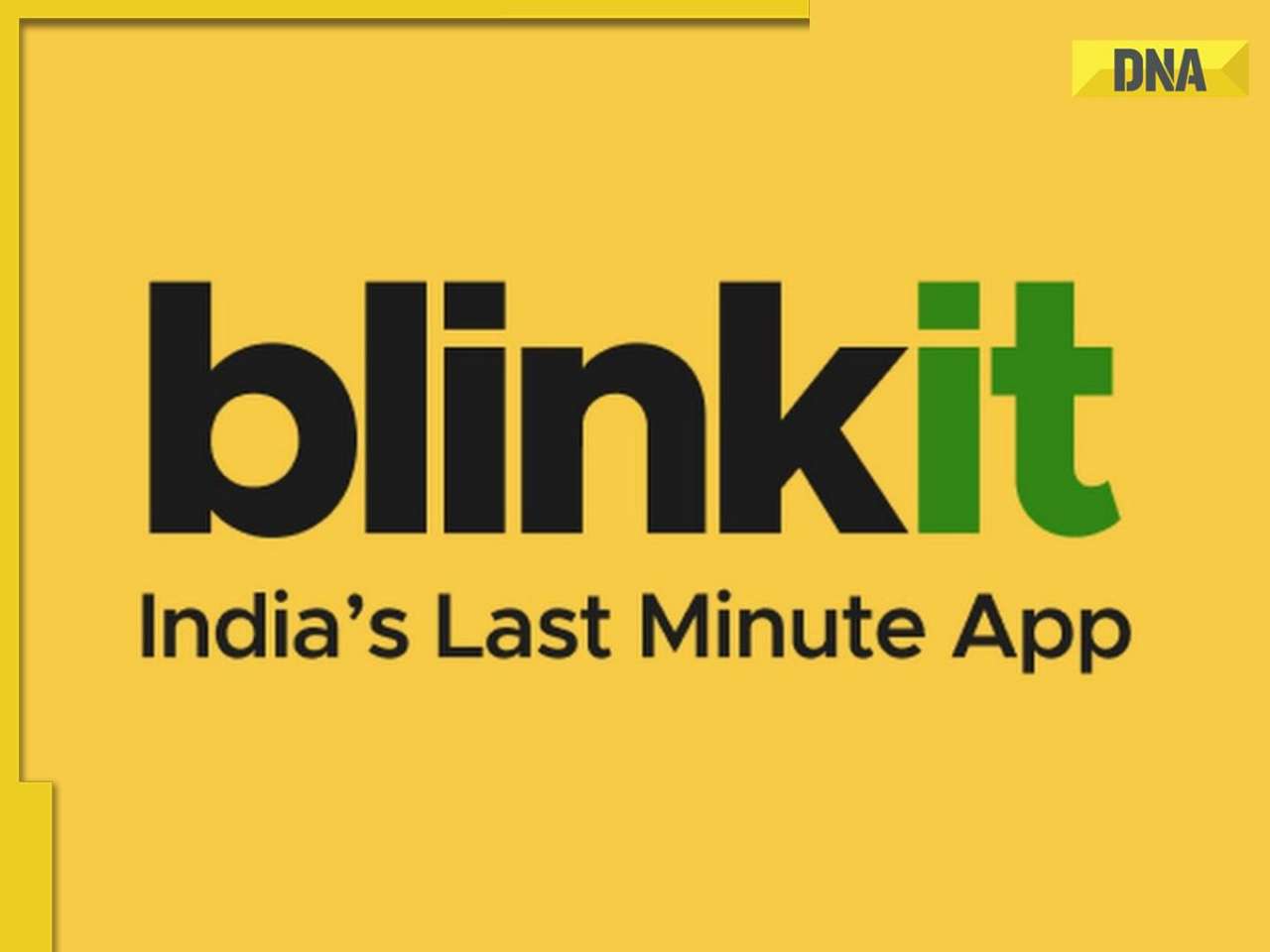








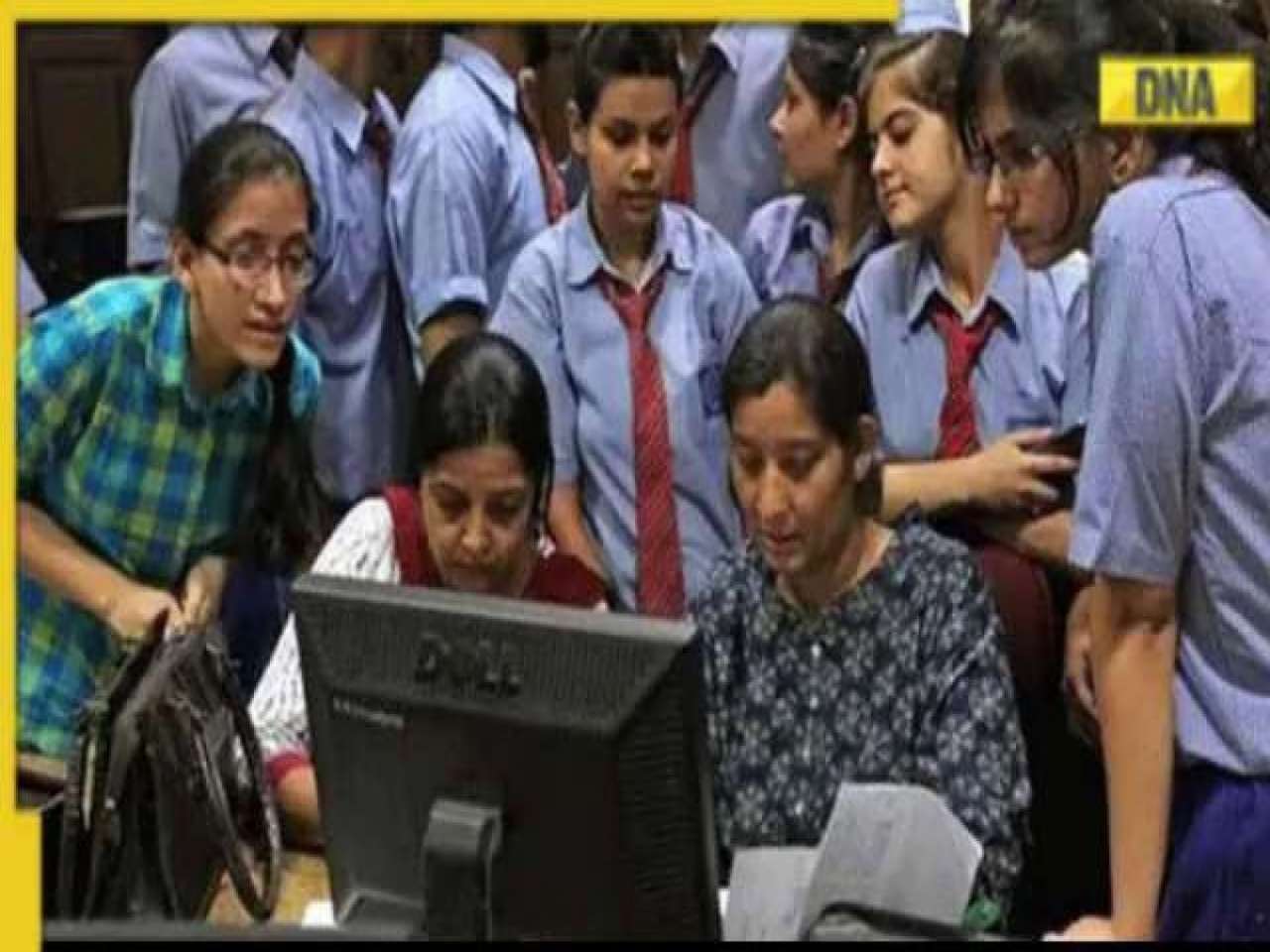

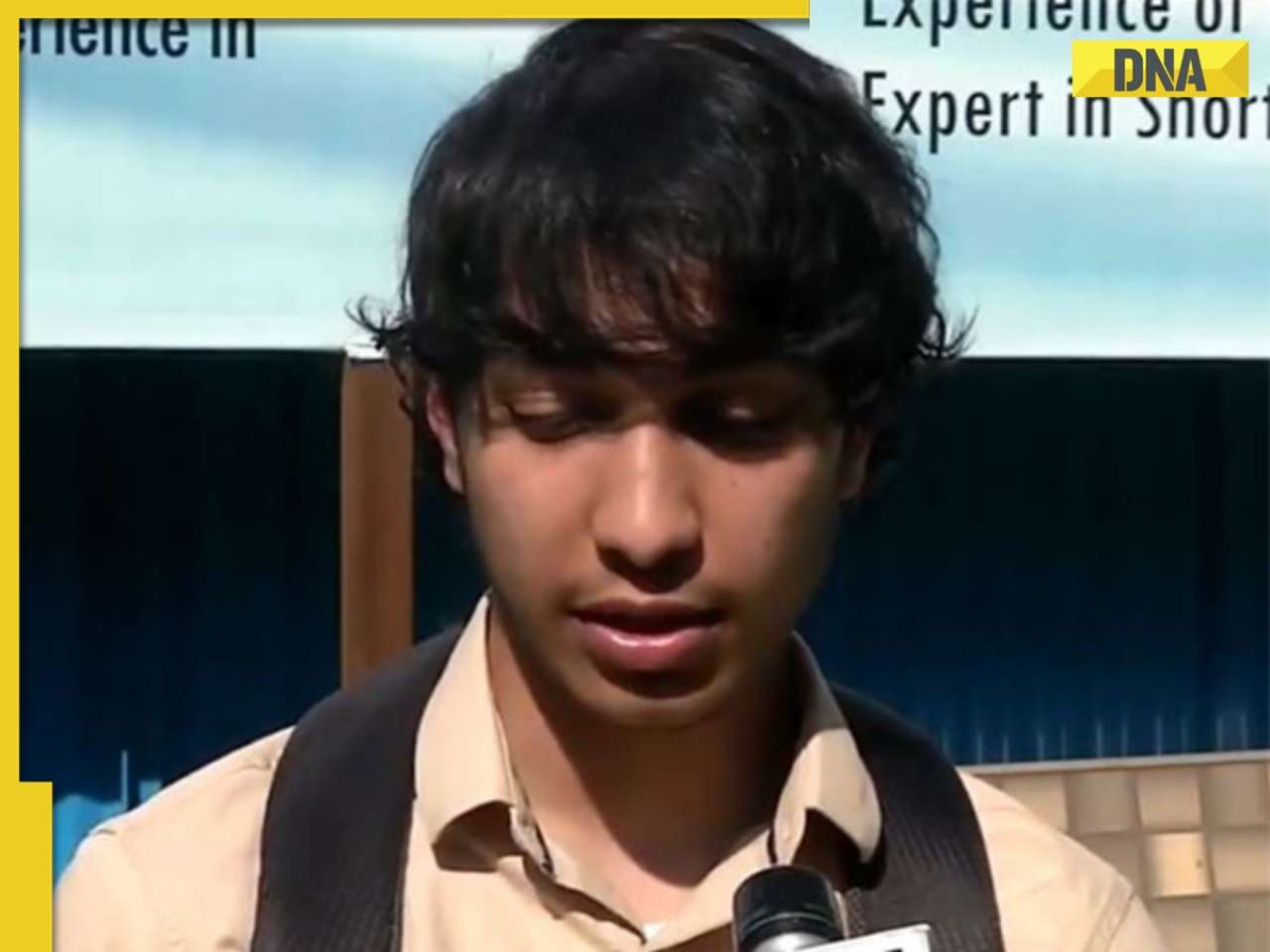
















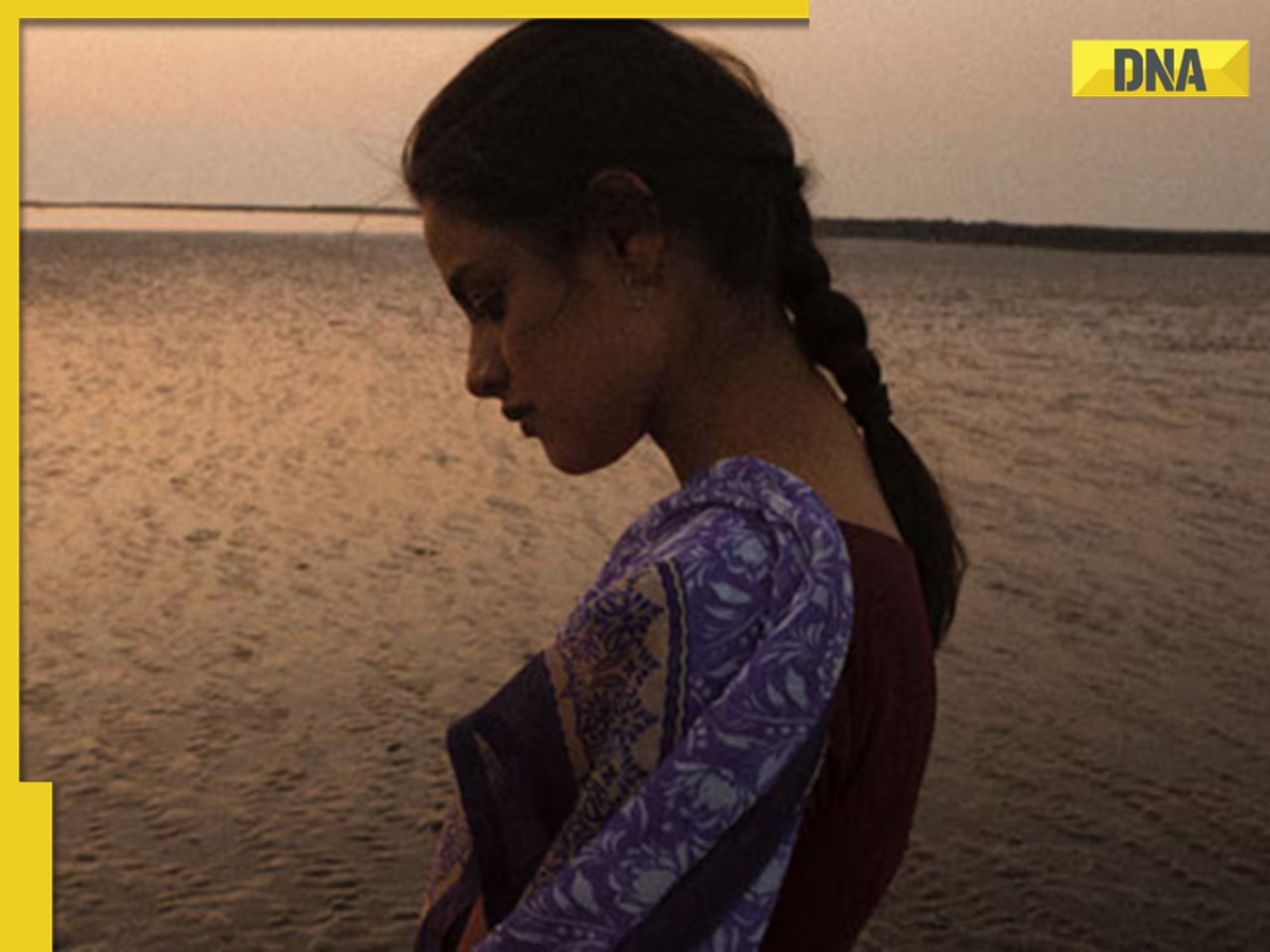


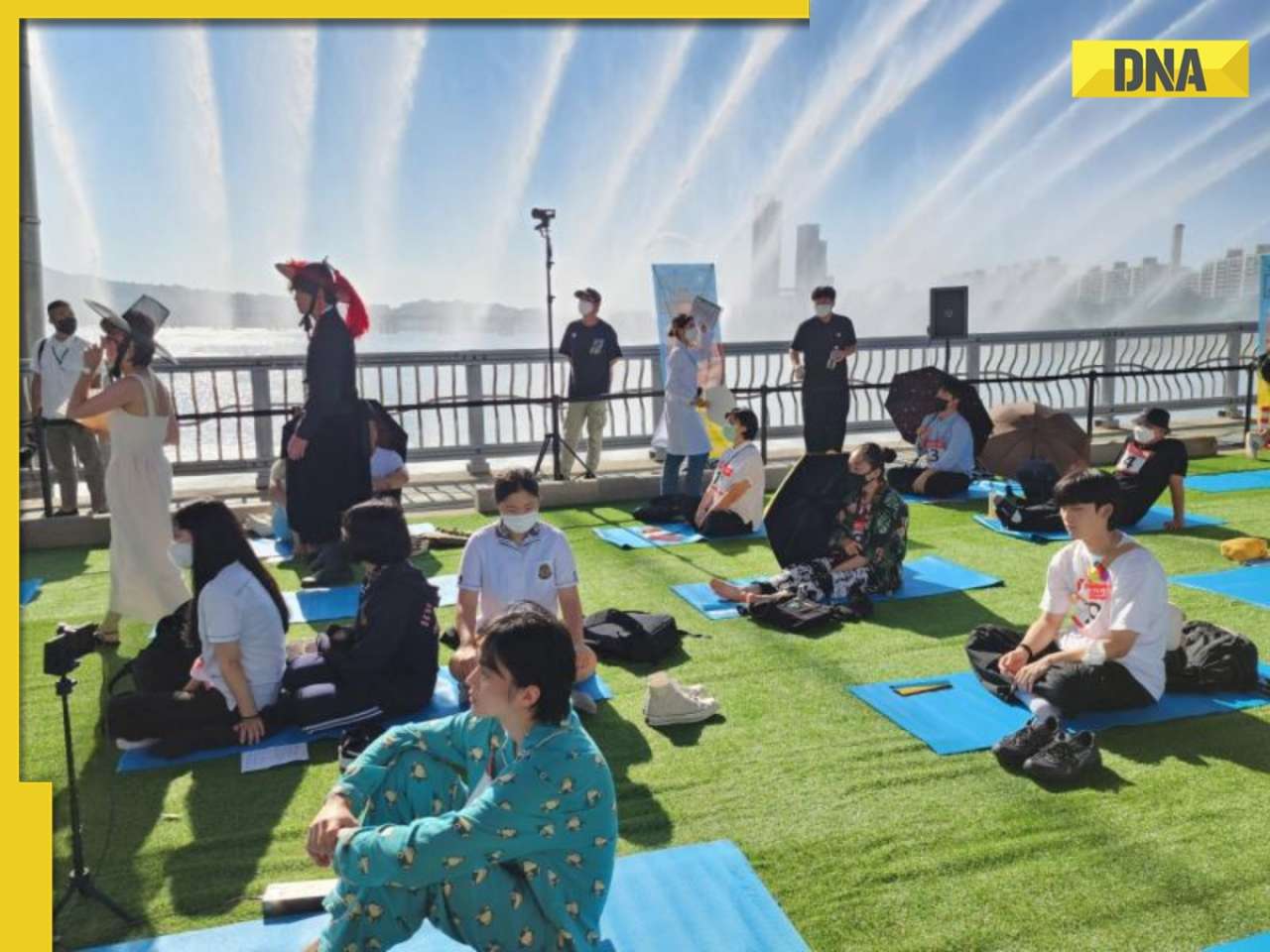
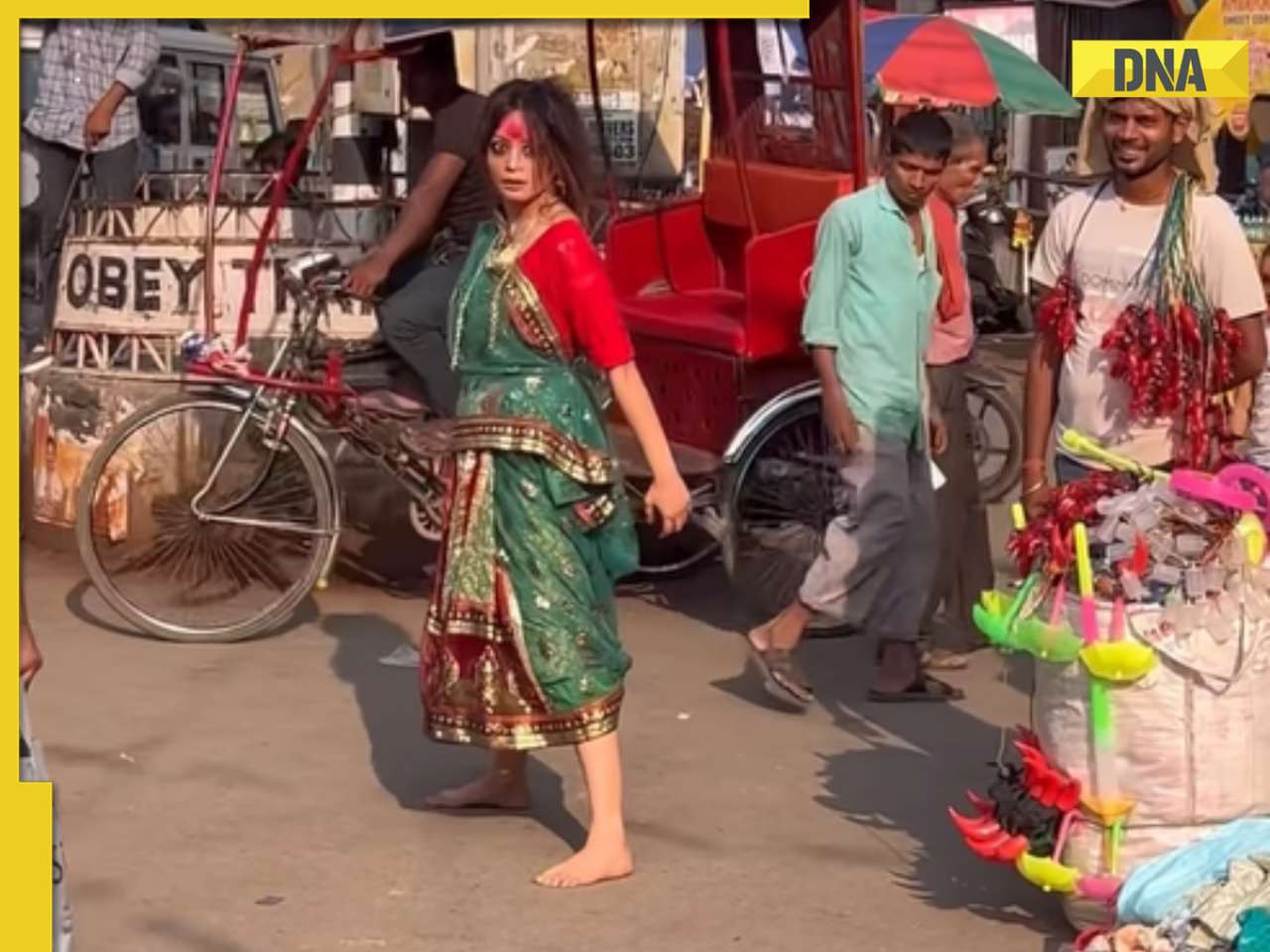
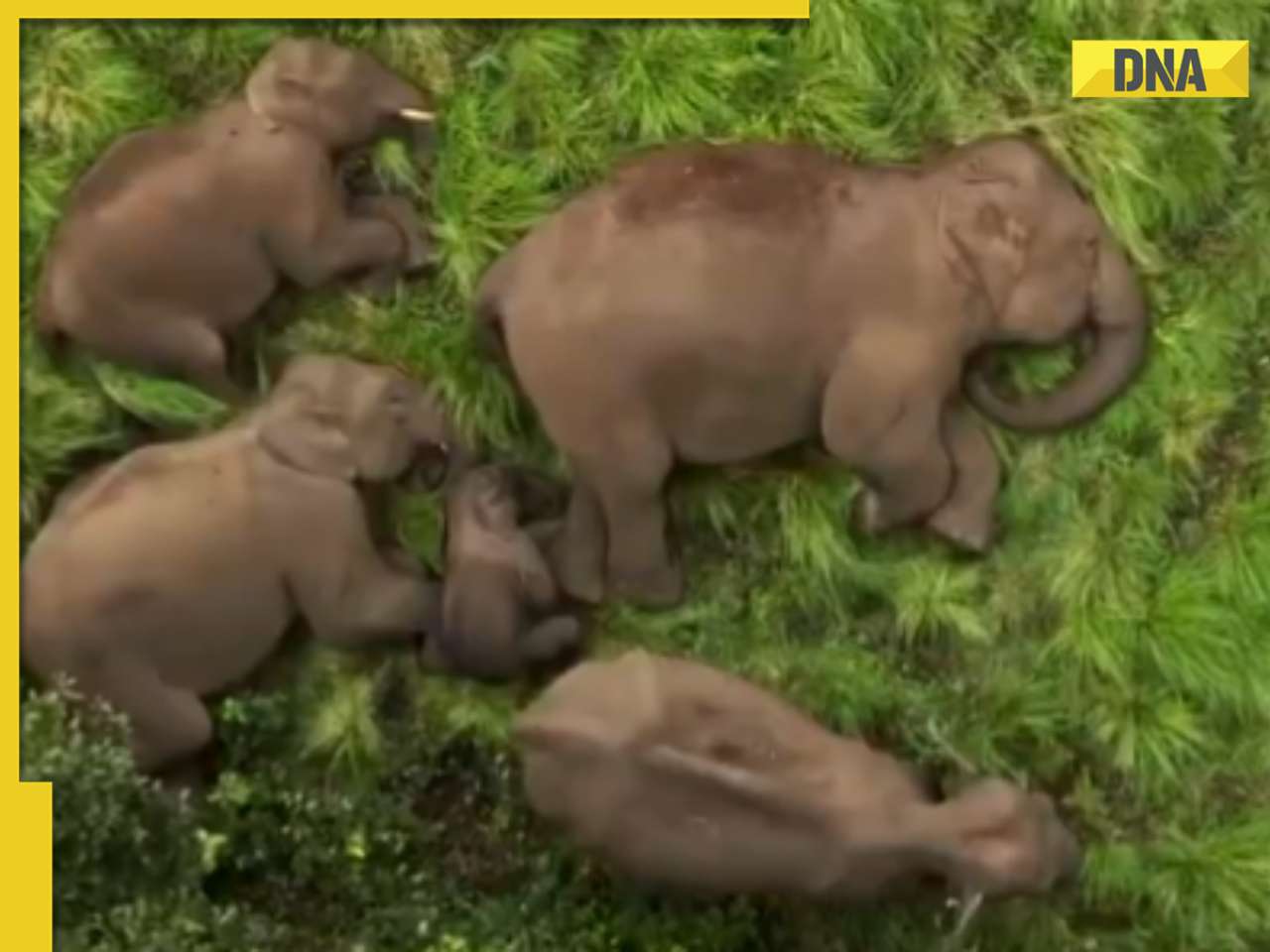







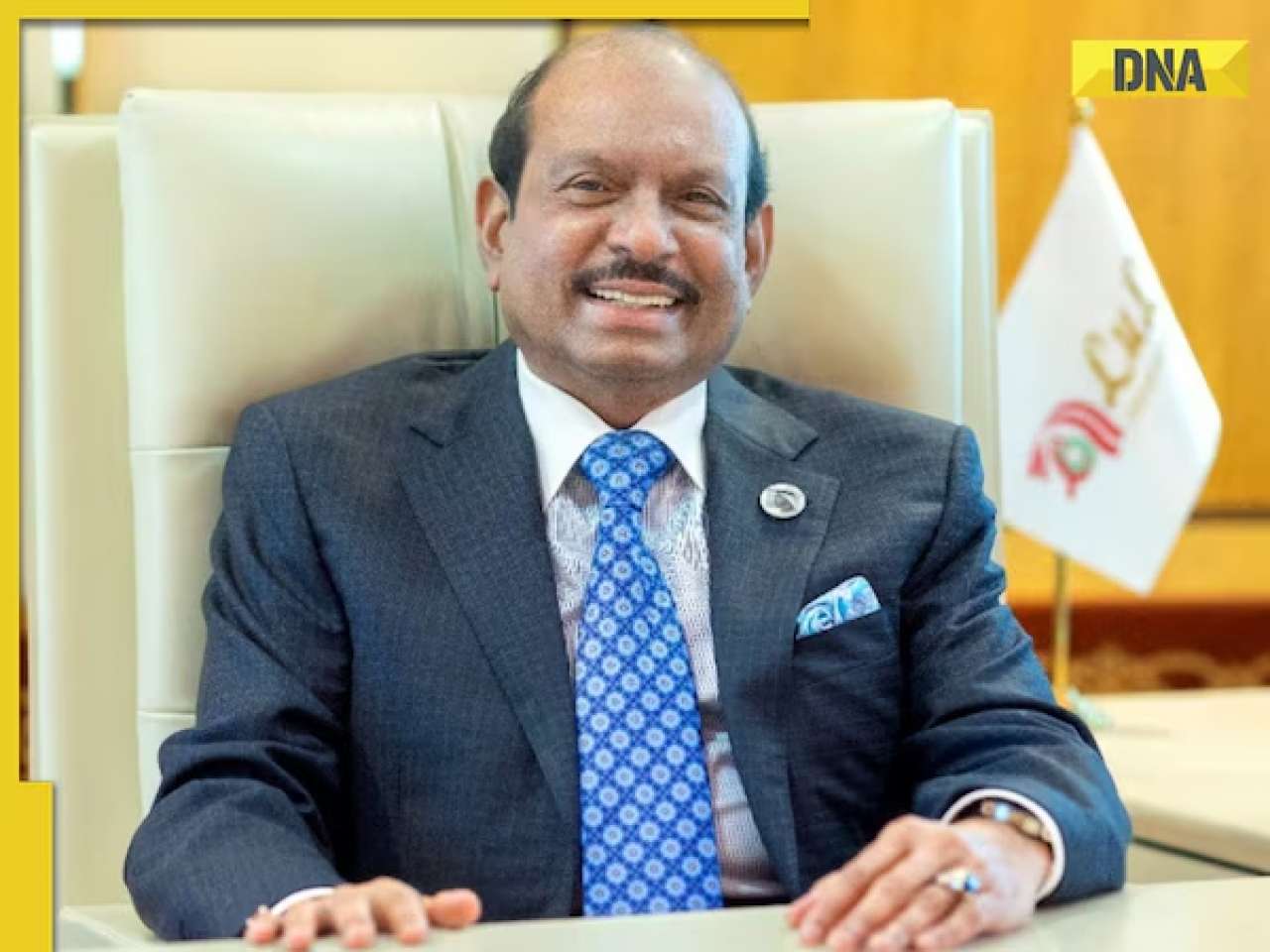

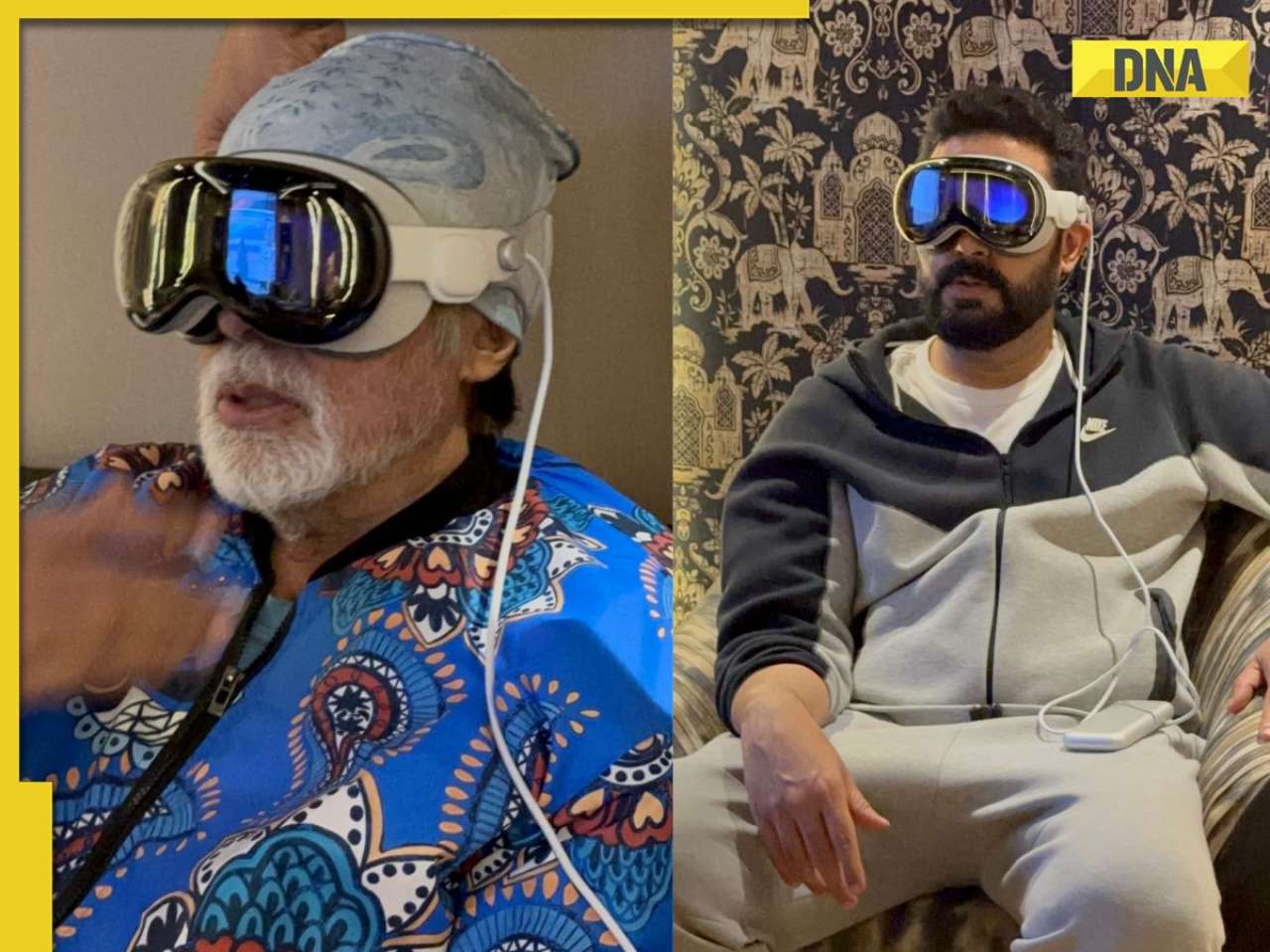










)
)
)
)
)
)